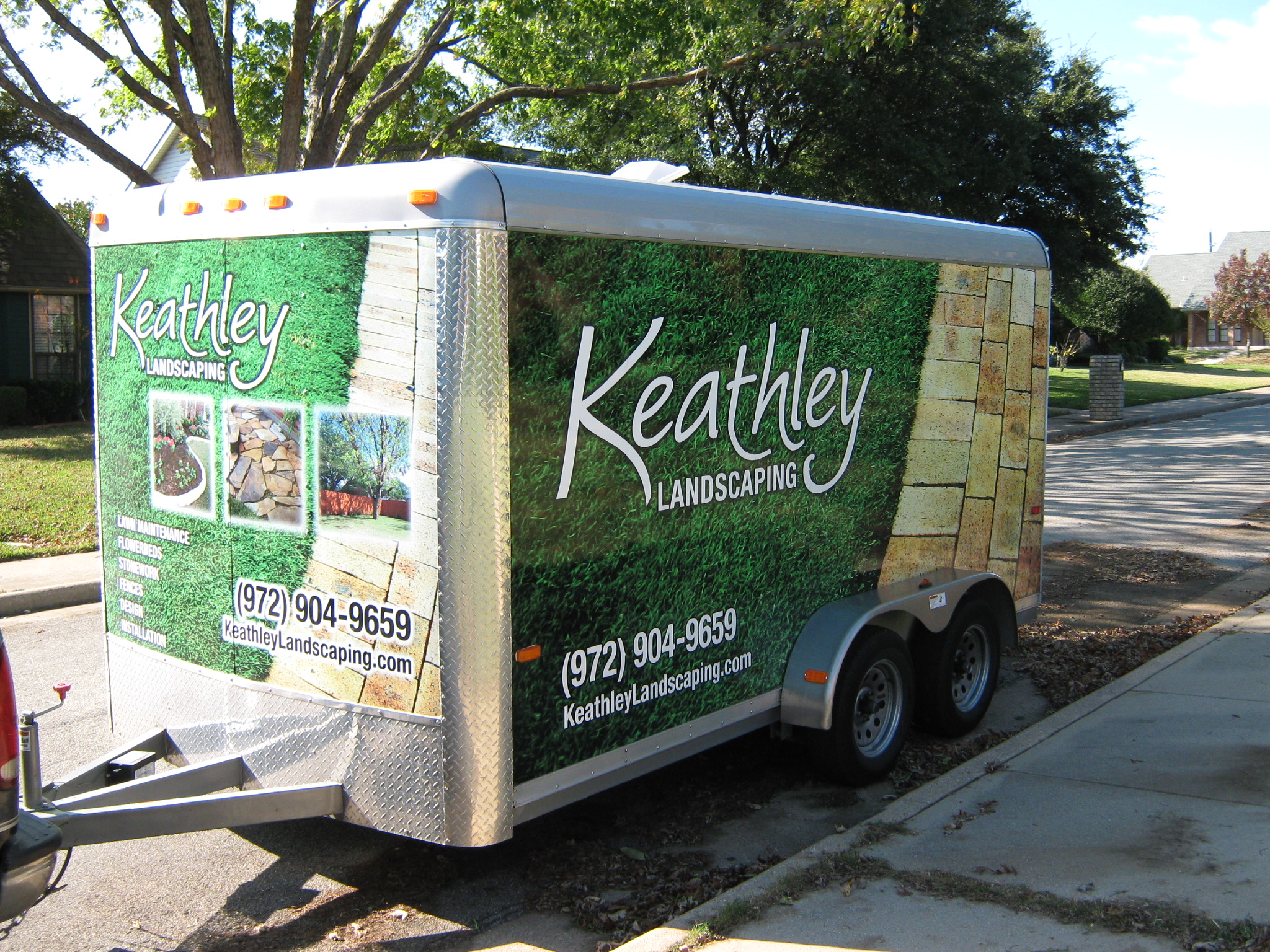Outdoor Lighting Automation: Smart Solutions for Modern Homes
In today’s fast-paced world, technology continues to transform every aspect of our lives, including how we illuminate our homes. Outdoor lighting automation is one such innovation that is gaining popularity among homeowners. Not only does it offer convenience and enhanced security, but it also contributes to energy efficiency and aesthetic appeal. In this blog post, we’ll delve into the various smart solutions available for modern homes, providing you with valuable insights and actionable tips to enhance your outdoor lighting setup.
Understanding Outdoor Lighting Automation
Outdoor lighting automation refers to the use of smart technology to control and manage exterior lighting systems. This typically involves the integration of sensors, timers, and connectivity features that allow homeowners to automate the operation of their outdoor lights. According to a report by Statista, the global smart home market is expected to reach $158 billion by 2024, with a significant portion attributed to smart lighting solutions.
Benefits of Outdoor Lighting Automation
The benefits of automating your outdoor lighting are multifaceted, impacting your home’s security, energy consumption, and overall ambiance. Here are some key advantages:
- Enhanced Security: Automated lighting systems deter potential intruders by simulating occupancy. Motion sensors can trigger lights, alerting you and your neighbors to any unusual activity.
- Energy Efficiency: Smart lighting allows you to schedule lights to turn on only when needed, reducing unnecessary energy consumption. According to the U.S. Department of Energy, LED lighting with automation can save up to 75% of the energy used by traditional lighting.
- Convenience: With automation, you can control your outdoor lights remotely using smartphones or voice assistants, ensuring you never come home to a dark house.
- Aesthetic Appeal: Automated lighting can enhance your home’s architectural features, create ambiance, and improve curb appeal, making it more inviting for guests.
Key Components of Outdoor Lighting Automation
To achieve an effective automated lighting system, it’s essential to understand the components involved. Here are the key elements that form the backbone of smart outdoor lighting solutions:
Smart Lights
Smart lights are the foundation of any automated lighting system. These bulbs or fixtures come equipped with wireless connectivity, allowing them to be controlled remotely. Brands like Philips Hue and LIFX offer a wide range of outdoor smart lighting products, from floodlights to pathway lights, that can be customized to suit your needs.
Motion Sensors
Motion sensors are crucial for enhancing security and energy efficiency. They detect movement and automatically turn on the lights, providing illumination only when someone is nearby. This feature not only saves energy but also serves as a deterrent for unwanted visitors.
Smart Hubs and Controllers
Smart hubs act as the central control unit for your automated lighting system. They connect all your smart devices and allow you to manage them through a single app or interface. Popular smart home platforms like Samsung SmartThings and Apple HomeKit offer compatibility with a wide range of lighting products.
Timers and Schedules
Automated lighting systems often include timers and scheduling features that enable you to program your lights to turn on and off at specific times. This can be particularly useful for creating a routine that aligns with your lifestyle or simulating occupancy when you’re away from home.
Setting Up Your Outdoor Lighting Automation
Implementing an automated outdoor lighting system may seem daunting, but with the right approach, it can be a straightforward and rewarding process. Follow these steps to set up your smart lighting:
Assess Your Lighting Needs
Begin by evaluating your outdoor spaces and identifying areas that require illumination. Consider pathways, driveways, entrances, and any dark spots that could benefit from additional lighting. This assessment will help you determine the number and type of smart lights you’ll need.
Select the Right Products
Choose smart lighting products that align with your needs and budget. Look for features such as weather resistance, brightness levels, and color options. Reading reviews and seeking recommendations can help you make informed decisions.
Install and Connect
Once you’ve selected your products, follow the manufacturer’s instructions for installation. Ensure that your smart lights are within range of your Wi-Fi network and connect them to your smart hub or controller. Most systems offer user-friendly apps that guide you through the setup process.
Create Automation Rules
Use the app to set up automation rules based on your preferences. This could include scheduling lights to turn on at sunset or activating motion sensors during certain hours. Experiment with different settings until you find the configuration that works best for you.
Actionable Tips for Optimizing Your Smart Outdoor Lighting
To get the most out of your automated lighting system, consider implementing these actionable tips:
Leverage Voice Assistants
Integrate your lighting system with voice assistants like Amazon Alexa or Google Assistant for hands-free control. This allows you to adjust settings with simple voice commands, adding an extra layer of convenience.
Utilize Geofencing
Geofencing technology enables your lights to respond to your smartphone’s location. Set up geofencing rules to automatically turn on lights when you arrive home or turn them off when you leave, enhancing both convenience and energy efficiency.
Opt for Solar-Powered Options
Solar-powered smart lights are an eco-friendly choice that reduces reliance on electricity. These lights harness solar energy during the day and use it to illuminate your outdoor spaces at night, providing a sustainable solution.
Conduct Regular Maintenance
Regular maintenance ensures the longevity and performance of your lighting system. Clean fixtures, check for connectivity issues, and update firmware to keep everything running smoothly.
Conclusion
Outdoor lighting automation is a smart investment that enhances the functionality, security, and aesthetic appeal of your home. By understanding the components involved and following best practices for setup and optimization, you can create a lighting system that meets your needs and complements your lifestyle. As the smart home market continues to evolve, embracing these technologies will not only modernize your home but also contribute to a more sustainable future.
Whether you’re looking to increase security, save on energy costs, or simply create a more inviting outdoor environment, automated lighting solutions offer a versatile and effective way to achieve your goals. So why wait? Start exploring the possibilities of outdoor lighting automation today and transform your home’s exterior into a smart, efficient, and beautiful space.






































Recent Comments